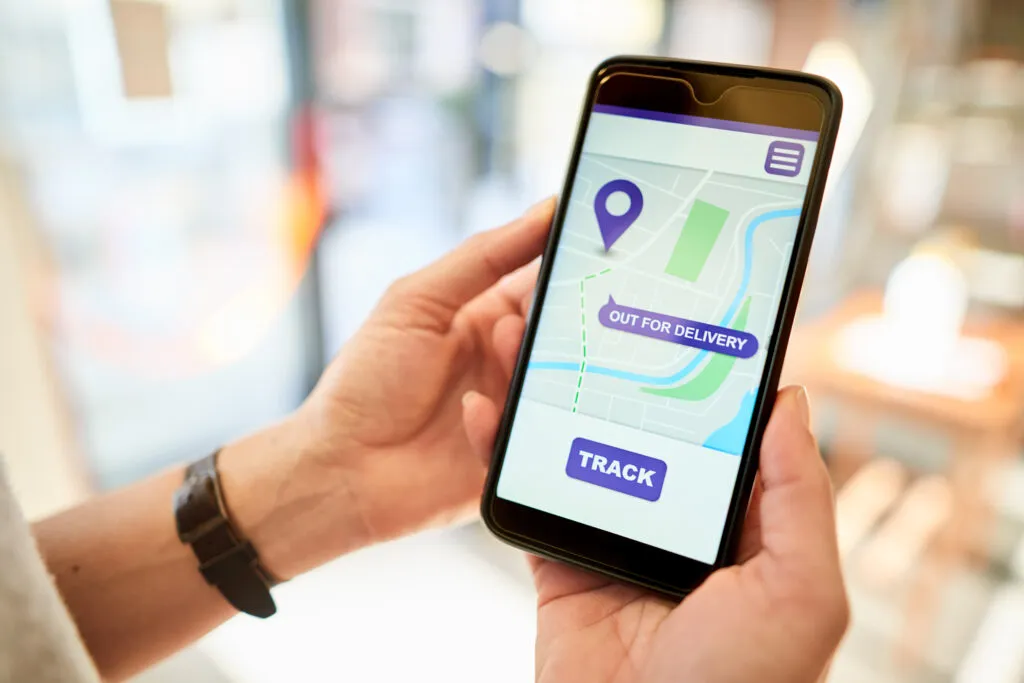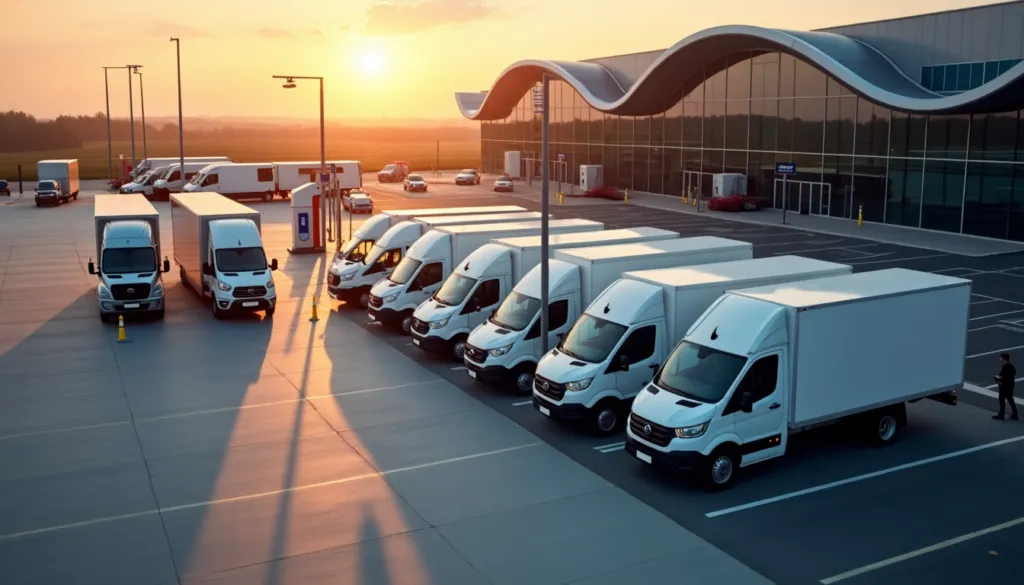
Get home early with RoadWarrior.
Enter your stops, optimize your routes, manage your team – quickly and efficiently.
Try RoadWarrior free for 7 days
Try free for 7 daysIn the world of logistics, few companies can match the scale and efficiency of FedEx. With a staggering 3.4 million packages delivered every day in the U.S. alone, FedEx has mastered the art of managing high volumes of deliveries with precision and speed. In this article, we’ll take a closer look at how FedEx routes are planned and executed, shedding light on the strategies and technologies behind their successful delivery operations. Whether you’re a business owner looking to optimize your own delivery logistics or simply curious about the inner workings of one of the world’s largest courier services, this insider’s peek into FedEx’s world will provide valuable insights.
Understanding FedEx Ground and Home Delivery
To grasp the intricacies of FedEx’s delivery operations, it’s important to understand the distinction between FedEx Ground and Home Delivery services. These two arms of the FedEx corporation specialize in last-mile ground shipping, ensuring that packages reach their final destinations efficiently. Each FedEx contractor, known as a FedEx Independent Service Provider (ISP), operates within a specific territory, delivering anywhere between 500 to 2,500 packages per day using a fleet of 5 to 25 vehicles.
Efficiency in Delivery Volume and Density
One of the key advantages that FedEx has is its high order volumes and the resulting density of deliveries. With such a large customer base, operational efficiency is almost inherent. On average, a FedEx driver can handle between 75 and 125 packages per day, a remarkable number compared to the industry average of 15 to 35. This efficiency is made possible by the high volume of orders, allowing FedEx to implement strategies that streamline their delivery processes.
Route Planning with Zip/Postal Codes
The first step in planning FedEx routes is sorting shipments by zip or postal code. FedEx customers can create shipments or schedule pickups through various channels, such as the FedEx website, toll-free line, or physical stores. Once orders are processed, they are automatically assigned to specific routes based on zip or postal codes. By dividing a large geographic area into driver territories, FedEx contractors can optimize their routes and minimize unnecessary driving across the city. Assigning each zone to a dedicated driver allows them to become familiar with their specific area, resulting in faster and more efficient deliveries.
Dividing Packages by Driver Territory
Before drivers even arrive at the FedEx depot, packages are already sorted into piles according to the driver’s territory. This pre-sorting process allows drivers to quickly load their trucks, focusing only on the packages assigned to their specific route. Barcode scanners are used to scan each package as it is loaded onto the truck, ensuring that no package ends up in the wrong pile. One tip from delivery businesses is to pack trucks in the order of delivery route, saving drivers time and eliminating the need to search for specific parcels within the cargo.
Sequencing Stops and Route Planning
Within each route, FedEx drivers have flexibility in how they sequence their stops. Some drivers prefer a rough circular direction, visiting each region in the same sequence. Others may load their trucks by region, although this can pose challenges when the back of the truck is filled with packages. The key advantage for FedEx is the small distances between each pickup or delivery due to the high density of orders. While FedEx relies on territories to build their routes, it is important to note that this approach may not be suitable for businesses with dynamic routes and varying addresses. In such cases, route optimization software can provide a more efficient solution.
The Role of Route Optimization
Route optimization software utilizes algorithms to solve complex problems such as the Traveling Salesman Problem (TSP) and the Vehicle Routing Problem (VRP). These algorithms help plan delivery routes efficiently, considering factors such as delivery time windows, vehicle capacities, and driver schedules. Unlike human dispatchers, algorithms can handle unexpected detours, roadblocks, traffic jams, and last-minute changes. By leveraging route optimization software, businesses can minimize drive time, reduce fuel consumption, and improve overall efficiency.
RoadWarrior is a powerful route optimization tool designed to help both dispatchers and drivers by eliminating logistical headaches. RoadWarrior Flex offers a mobile app for clear communication between the drivers and dispatcher, real-time traffic updates so adjustments to the route can be made accordingly, route optimization for up to 500 stops per day, driver check-ins and progress updates, FedEx and Ontrac manifest uploads as well as Proof of Delivery.
Creating Delivery Zones
For businesses with low volumes, creating delivery zones can help increase density. By designating specific delivery days for each zone, all deliveries within the same area are consolidated and assigned to the same driver. This approach simplifies operations and allows for efficient delivery on designated days. However, as volumes increase, it is advisable to transition to daily, dynamic routes that adjust based on demand. This flexibility helps lower the cost per delivery and ensures optimal resource utilization.
Essential Tips for Efficient Delivery Operations
To summarize, here are some key tips for optimizing delivery operations:
-
Create service areas or delivery zones: Optimize service areas to minimize travel time and maximize delivery efficiency. Consider breaking larger areas into smaller regions and assigning dedicated vehicles to each.
-
Utilize route optimization software: Use route planning software to optimize pickups and deliveries, reducing travel inefficiencies and saving fuel costs.
-
Choose between in-house or outsourced drivers: Assess the benefits of hiring your own drivers and vehicles versus outsourcing to a third-party provider. Both options have advantages, so select the approach that aligns with your business goals.
Conclusion
FedEx’s efficient delivery operations are a testament to the power of well-planned routes and optimized logistics. By leveraging high delivery volumes and utilizing technologies like route optimization software, FedEx has become a global leader in the industry. Whether you’re a small business owner or a logistics enthusiast, implementing strategies inspired by FedEx’s practices can significantly improve your own delivery operations. Remember, the key to success lies in understanding your unique requirements and leveraging the right tools and technologies to optimize your routes and maximize efficiency.
Note: This article is not affiliated with or endorsed by FedEx. The information provided is based on research and analysis of publicly available sources.


